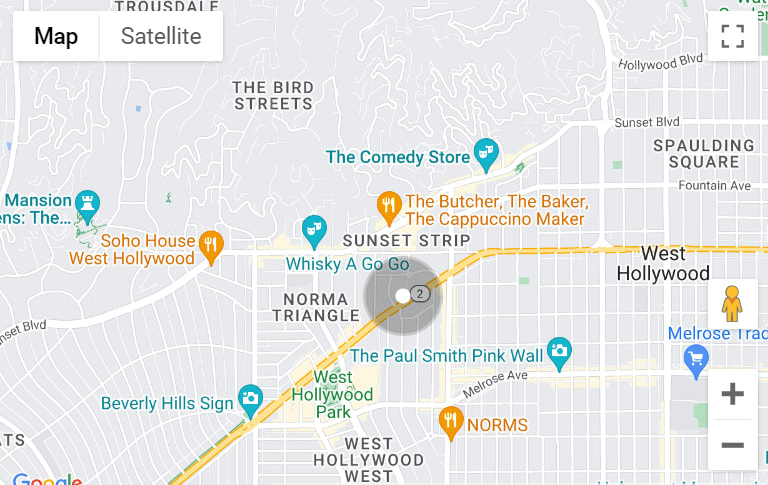
-
Compass
1440 Chapin Ave., Suite 200, Burlingame, CA 94010CA DRE# 01844213 -
Morgan Cook
Blog
History suggests homeowners wanting appreciation – or house hunters looking for a bargain – won’t see huge differences. When the party in the Oval Office is switched, home prices typically rise between elections only slightly more than when the presidency is status quo.
What does a change in White House control mean for home prices and mortgage rates?
History suggests homeowners wanting appreciation – or house hunters looking for a bargain – won’t see huge differences. When the party in the Oval Office is switched, home prices typically rise between elections only slightly more than when the presidency is status quo.
That’s what I learned when my trusty spreadsheet looked at 12 previous presidential elections dating to 1976. To get a clearer picture, it tracked the ensuing four-year changes in the Federal Housing Finance Agency’s price indexes for California and the nation, as well as Freddie Mac’s 30-year fixed-rate mortgage averages.
Next year, we’ll see Republican Donald Trump return to the White House, replacing Democrat Joe Biden. Such a flip tends to indicate voters are seeking a new direction for the nation.
As for housing, let’s consider White House control as it switched on seven occasions since 1976. In those ensuing four years, California prices averaged 34% gains as US prices rose 22%.
Contrast that to modestly thinner gains after the five elections with no party change: California prices rose 29% afterward, with US prices increasing 18%.
More noteworthy were the varied mortgage swings. With control switched, rates ran flat. But when political power wasn’t altered, rates averaged 1 percentage-point decreases.
Remember, falling rates often come with growing economic challenges.
Memory lane
Let’s look back at those 12 elections and see how housing’s fate swung in the next four years.
1976: Democrat Jimmy Carter ousts Gerald Ford amid the last high-inflation era. California home prices then jumped 90% in the next four years, along with a 51% US increase. This came as mortgage rates rose 6.4 percentage points to 15.1%.
1980: Republican Ronald Reagan defeats Carter, and housing is then throttled by costly financing. Prices rose 13% in California, 19% nationwide. Rates reversed, down 2.1 points to 13%.
1984: Reagan is re-elected. Prices went on to gain 58% in California, 26% nationwide. Rates dipped 2.2 points to 10.8%.
1988: George H.W. Bush, Reagan’s vice president, wins. Prices increased 12% in California and nationally. Rates were off another 3.1 points to 7.7%.
1992: Democrat Bill Clinton ousts Bush Sr. as the economy stalls. Prices then fell 8% in California vs. 13% US increase. Rates rose 0.1 points to 7.8%.
1996: Clinton re-elected. That’s followed by prices up 46% in California, 25% across US. Rates off 0.8 points to 7%.
2000: George W. Bush defeats Clinton’s vice president, Al Gore. Aggressive lending helps prices rise 82% in California, 36% nationwide. Rates were off 1.2 points to 5.8%.
2004: Bush Jr. is re-elected. But housing’s crashes as that fevering mortgage-making flops and leads to 18% losses in California vs. a 5% US gain. Rates fell 0.7 points to 5.1%.
2008: Democrats regain White House with Barack Obama’s win. The Great Recession creates another 7% of home-price losses in California and 10% drops nationwide. Rates fell 1.6 points to 3.5%.
2012: Obama’s re-election is followed by 42% California gains, 22% in US. Rates up 0.7 points to 4.2%.
2016: Republicans retake Oval Office with Donald Trump’s win, followed by 24% California gains and 26% US increases. Rates off 1.3 points to 2.9%.
2020: Democrats regain the White House, amid a global pandemic, with Joe Biden’s victory. Since then, there’s been a 33% jump in California prices and 41% nationwide. Another inflation outbreak forces rates up 3.9 points to 6.8%.
Bottom line
Does what party occupies the White House matter to the housing market?
Ponder these same 12 election results by the winning party and what happens next.
Six times since 1976, Democrats won a presidential election. California prices averaged 33% gains the next four years. US prices rose 24%.
Appreciation was a bit slimmer following the six times voters chose a Republican. California prices rose 28% and 20% nationwide.
Again, it was mortgage rates that made more dramatic moves.
Democrats averaged 1.5 percentage-point increases over four years. But Republicans had 1.8-point declines.
Do not forget that rates hikes often happen when economies are strong – strength that can boost housing.
Let plan to talk again in 2028.
Jonathan Lansner is the business columnist for the Southern California News Group. He can be reached at [email protected]
Originally Published: November 8, 2024 at 7:24 AM PST